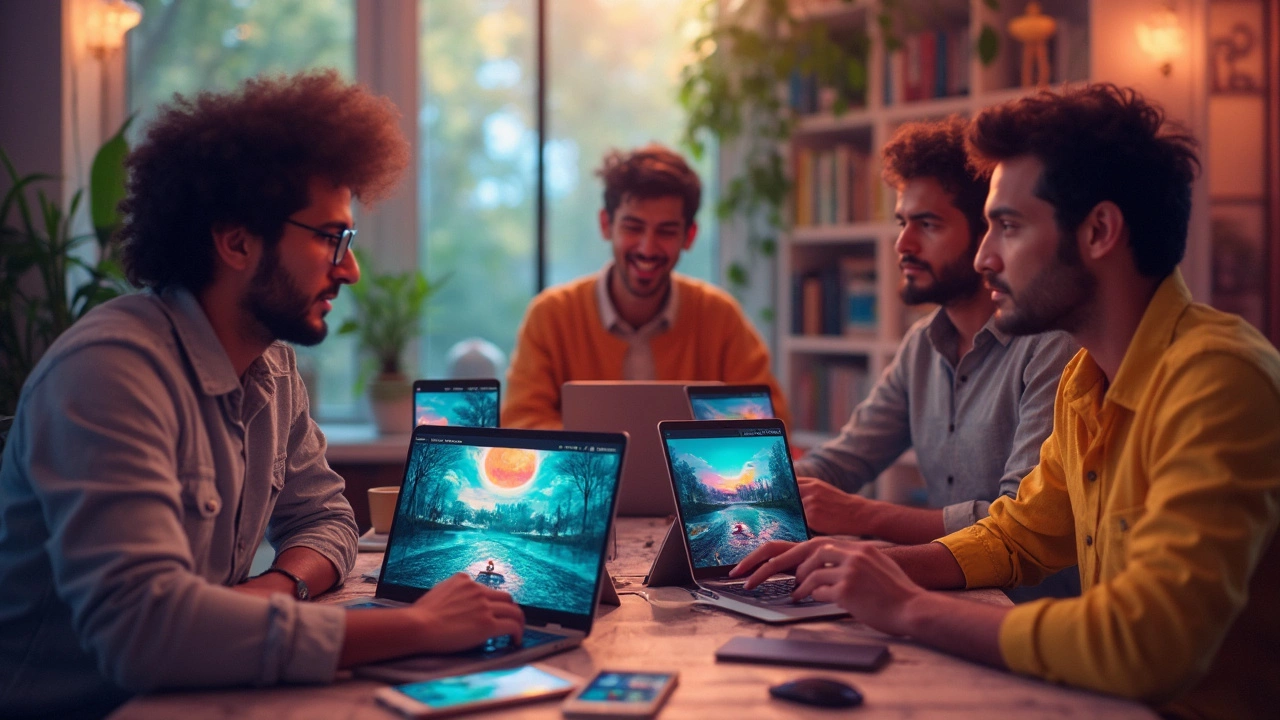Best Photo Editing Apps for 2025 – What to Use and How to Edit Faster
If you’ve ever wasted time scrolling through endless filters, you know how frustrating photo editing can be. The good news? 2025 brings a handful of apps that turn a dull snap into a share‑worthy image in under a minute. Below you’ll get the low‑down on the top free and paid options, quick tricks to improve any picture, and a simple checklist to pick the app that fits your style.
Free vs. Paid – Which One Gives You Real Value?
Most newcomers start with a free app because it costs nothing and still offers basic adjustments like brightness, contrast, and cropping. Apps such as Snapseed and Adobe Photoshop Express are solid choices; they’re easy to learn and include a decent set of filters. If you find yourself needing layers, advanced color grading, or batch processing, a paid subscription is worth the upgrade. Lightroom Mobile, for example, costs a few dollars a month but gives you RAW support, preset libraries, and smart auto‑adjust that can shave minutes off a editing session.
When you compare costs, think of it like a camera lens: a cheap lens works, but a quality lens gives you sharper, more flexible results. A paid app should add at least one feature you can’t get for free – be it AI‑powered background removal, video editing, or unlimited cloud sync. If you only edit occasional Instagram posts, stick with a free tool. If you run a small business or freelance as a photographer, the extra control from a paid app pays off quickly.
Quick Tips to Make Your Photos Pop
1. Start with a clean crop. Trim away distractions and follow the rule of thirds – it instantly adds balance.
2. Adjust exposure before adding filters. Brightening a dark photo first prevents grainy results later.
3. Use selective color. Most apps let you brighten a single color while keeping the rest muted – great for making a blue sky stand out.
4. Apply a subtle vignette. Darkening the edges draws the eye to the subject without looking overdone.
5. Save your settings as a preset. Whether you’re editing a batch of product shots or wedding photos, a saved preset speeds up the workflow.
These tricks work in any app, but the interface matters. Snapseed’s “Tune Image” tool feels like a slider on a guitar – smooth and responsive. Lightroom’s “Color Mix” panel gives you precise control over each hue, which is perfect for professional work.
Before you download, ask yourself three quick questions: Do I need RAW editing? Do I edit videos as well as photos? Will I use the app on both phone and tablet? Answering these helps you avoid paying for features you’ll never use.
Once you’ve chosen an app, spend a few minutes exploring its community presets. Many creators share free packs that match current trends – a ready‑made way to keep your feed fresh. Remember to tweak the presets to suit your lighting; a one‑size‑fits‑all approach rarely looks natural.
In short, the best photo editing app is the one that matches your workflow, budget, and creative goals. Start with a free version, test a paid trial, and lock in the features you actually need. With the right tool and a handful of quick tricks, your photos will look polished without the endless back‑and‑forth.
